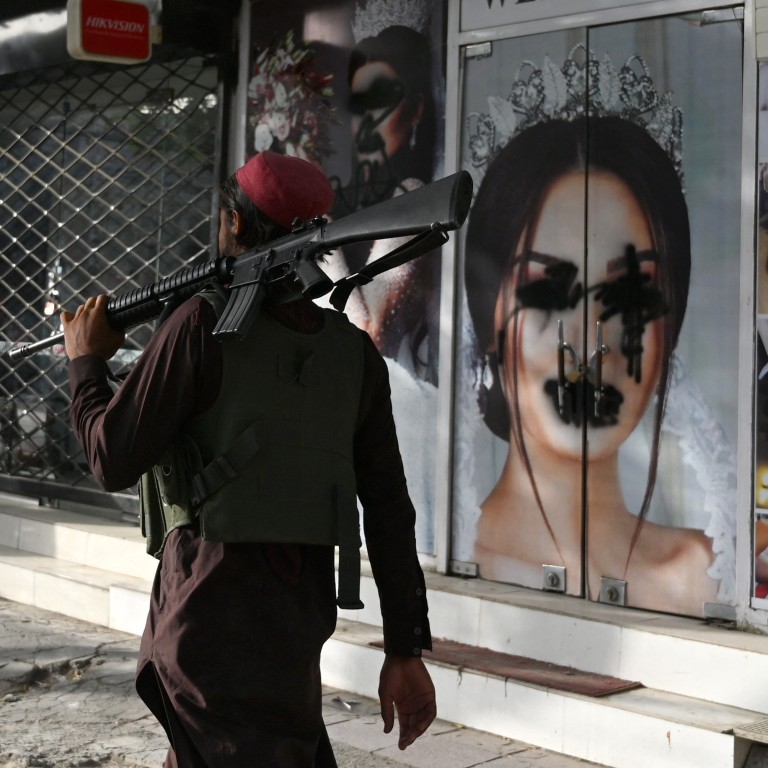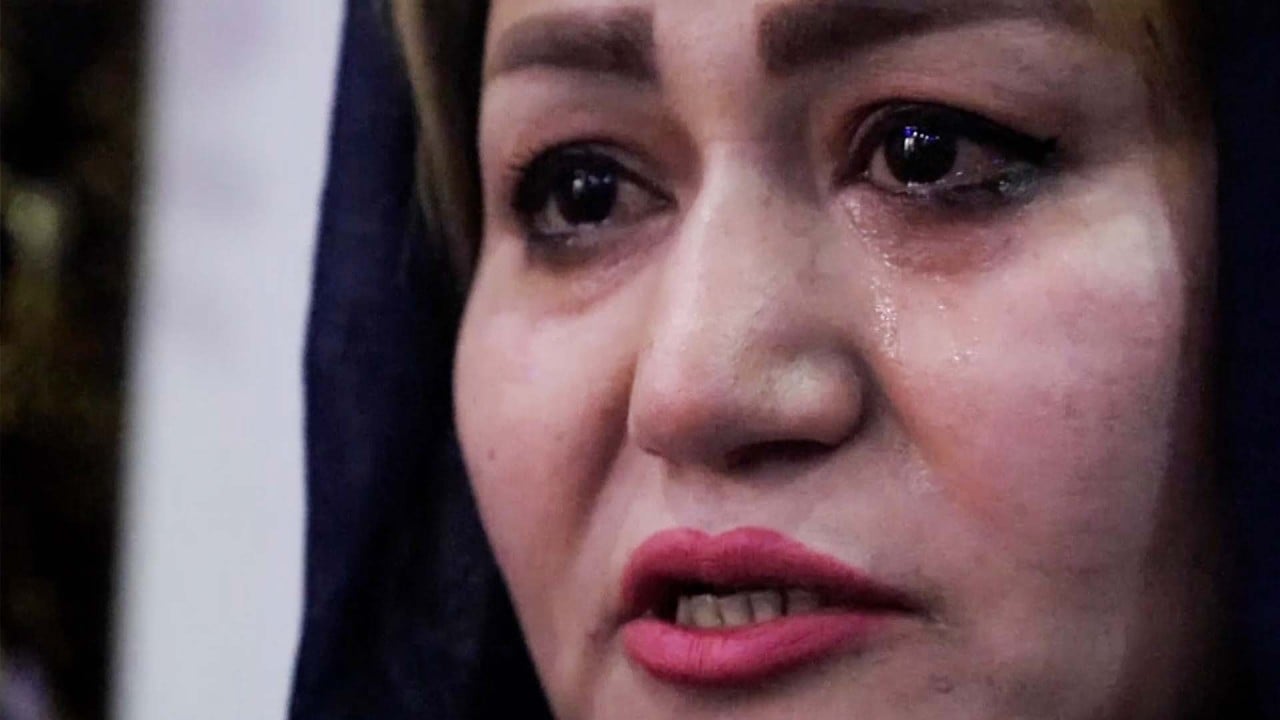
Why Taliban pledges mean little to Afghan women facing their worst nightmare
- It is hard to believe the Taliban will suddenly change its outlook towards women, given how it treats those already under its control
- Taliban ideology has remained linked to doctrinaire versions of sharia law that call for reducing women’s freedom, casting doubt on pledges of inclusion
The withdrawal of US forces from Afghanistan has provided the Taliban with the means to once again establish power across the country. Since its rapid advance to seize the capital, Kabul, thousands of people have been trying to flee.
Thus, the important question is: what does the future look like for Afghan women under renewed Taliban rule?
Women in Afghanistan attained the right to vote as early as 1919. Similarly, gender segregation was abolished in the 1950s and the 1964 Afghan constitution provided women with an entry into political life.
However, these advancements suffered a serious setback with the emergence of the Taliban in the 1990s. The Taliban enforced its own, extreme version of sharia law that severely restricted women’s day-to-day freedoms.
In the past two decades, Afghan women have achieved an extraordinary amount. Girls’ primary school enrolment rose from 66.7 per cent in 2003 to almost 83 per cent in 2018. Women have also been active in political life, comprising about a third of the electorate in 2019, while by 2020 they made up 27 per cent of the parliament and 21 per cent of civil servants.
With the Taliban’s takeover, however, women in Afghanistan are once again living in fear of the unknown, haunted by memories of the bitter past.
While these moves present a different image of the Taliban’s hard-line political movement, it is difficult to believe it will suddenly change its outlook. Indeed, reports emerging from rural areas show the Taliban resorting to their old habits.
In Kandahar, women’s health care clinics have been shut down and women told not to return to their jobs. In various Taliban-controlled districts, schools for girls have been closed. And, at Kabul University, female students were told not to leave without a male guardian.
Also, despite repeated concerns raised by civil society organisations and Western observers, the Taliban has failed to include women in its governing structures.
During negotiations between the Afghan government and the Taliban, there were no women in the Taliban’s negotiating team. Taliban members have been filmed collapsing with laughter when asked about women’s voting rights and political empowerment.
All this demonstrates the group’s inherent unwillingness to incorporate women, making it hard to believe women will suddenly be included in the new Taliban government. Even if they are allowed to join, will their participation have any effect?
It is important to note that the Taliban’s ideology has remained linked to its past doctrinaire versions of sharia law that consistently call for reducing women’s rights and freedoms. Therefore, despite their assertions, it is highly likely that women’s rights will be weakened under renewed Taliban rule.
Claiming to protect women could help rehabilitate the Taliban’s tainted image or earn it more international legitimacy. For millions of Afghan women, though, their worst nightmare has come to pass.
Akanksha Khullar is a researcher at the Centre for Internal and Regional Security at the Institute of Peace and Conflict Studies, New Delhi




